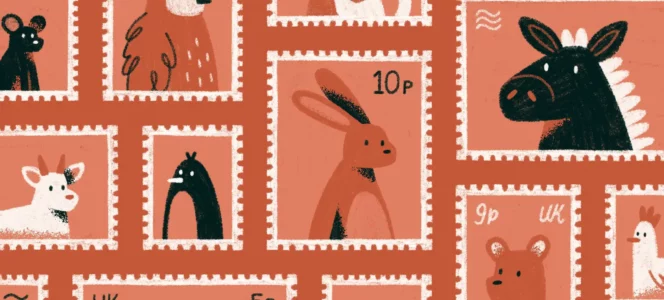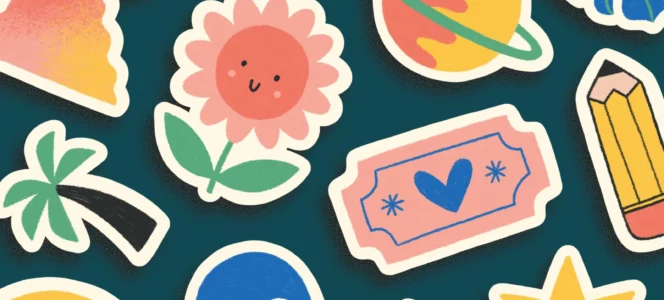If choosing colours for your patterns feels overwhelming, you’re not alone. Colour can feel like one of the most important parts of the design process, but it doesn’t have to be intimidating. A well-chosen palette can completely transform a pattern, shifting the mood, energy, and even how usable it is across different contexts.
I’m often complimented on the palettes I use in my own work, but to be honest most of the time they’re not ones I’ve built entirely from scratch (so it feels a little unfair to take the credit!). What I have learned, though, is how to collect, adapt, and refine colours in a way that makes a pattern feel alive, cohesive, and true to my style.
In this post, I’ll share some of the ways I approach finding and working with colour palettes for patterns, to help you create work that feels considered and full of character.







